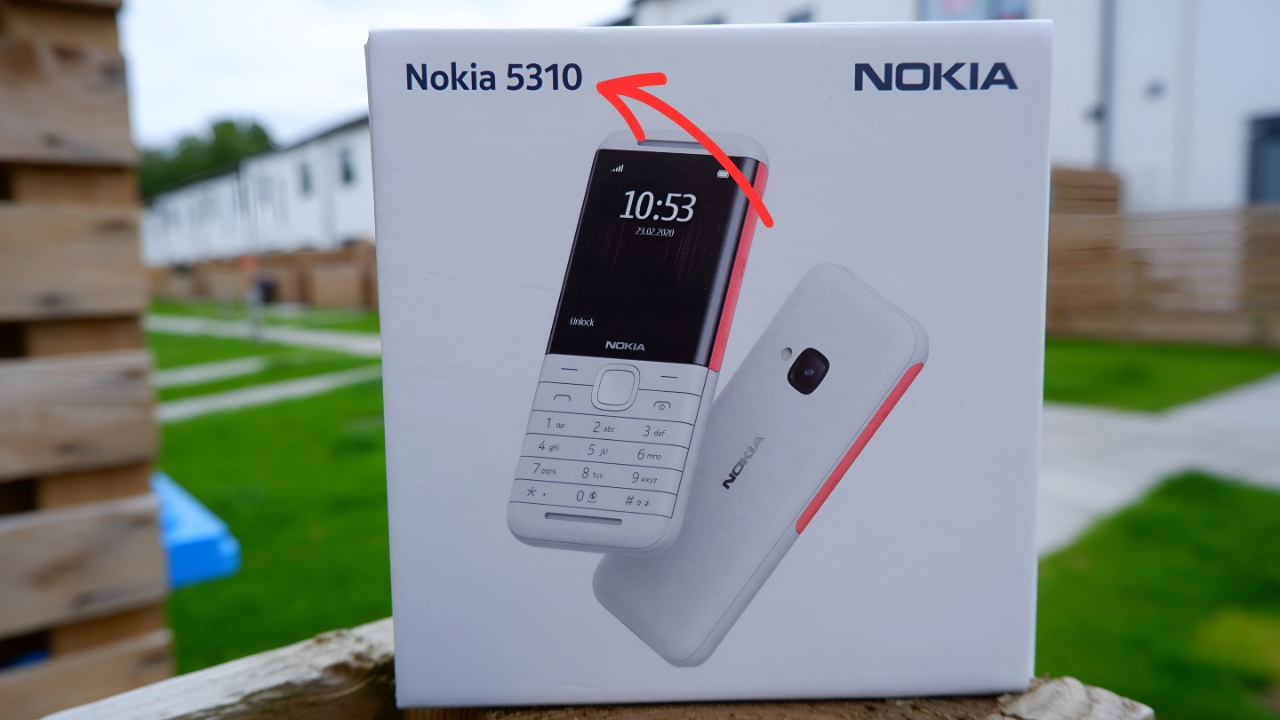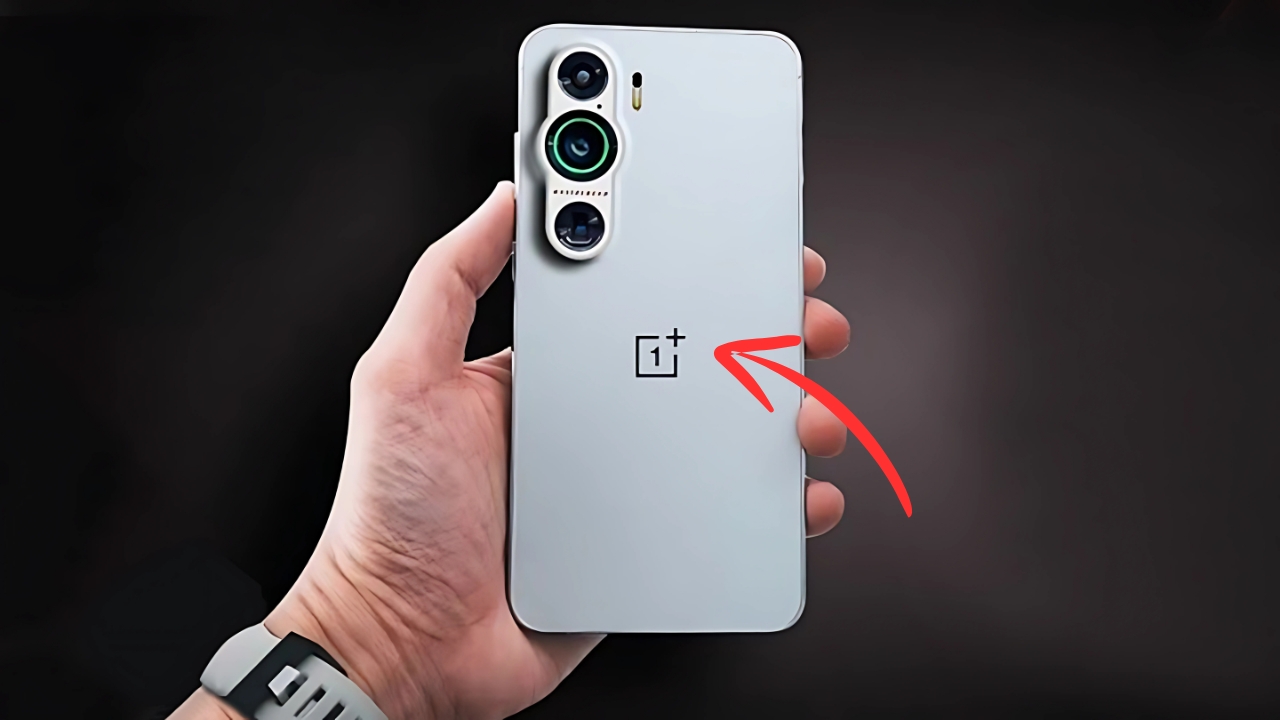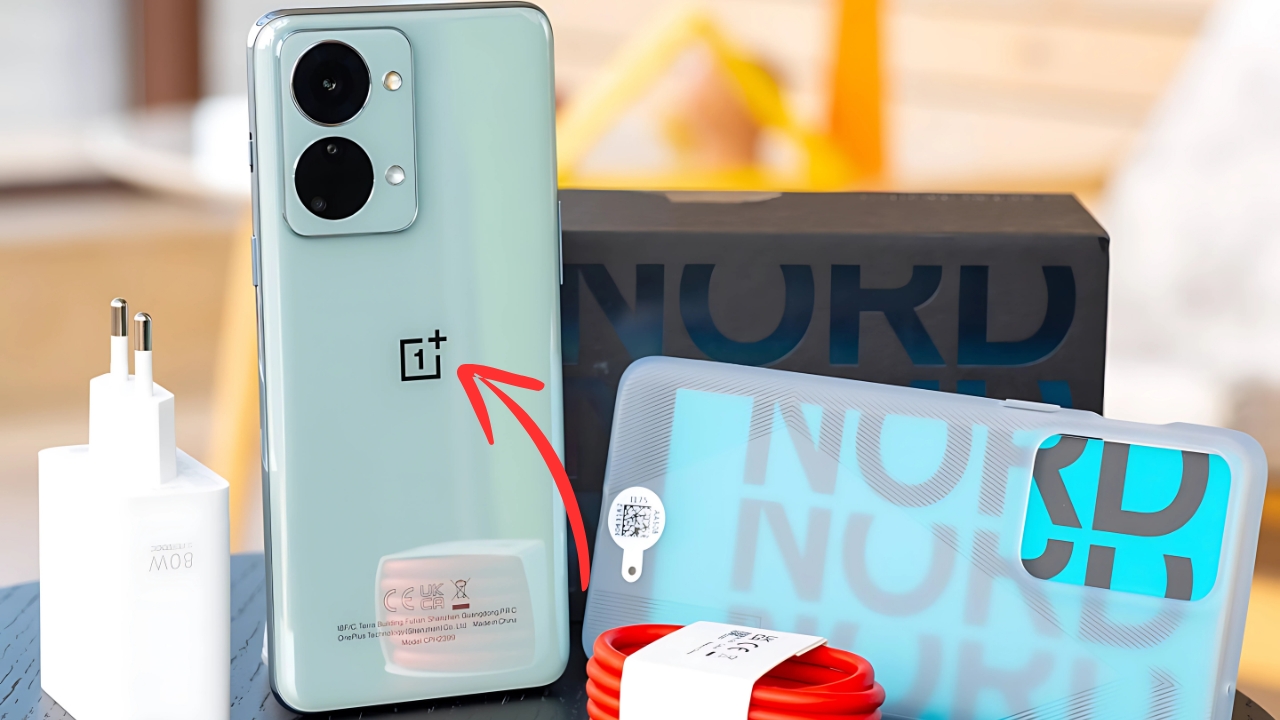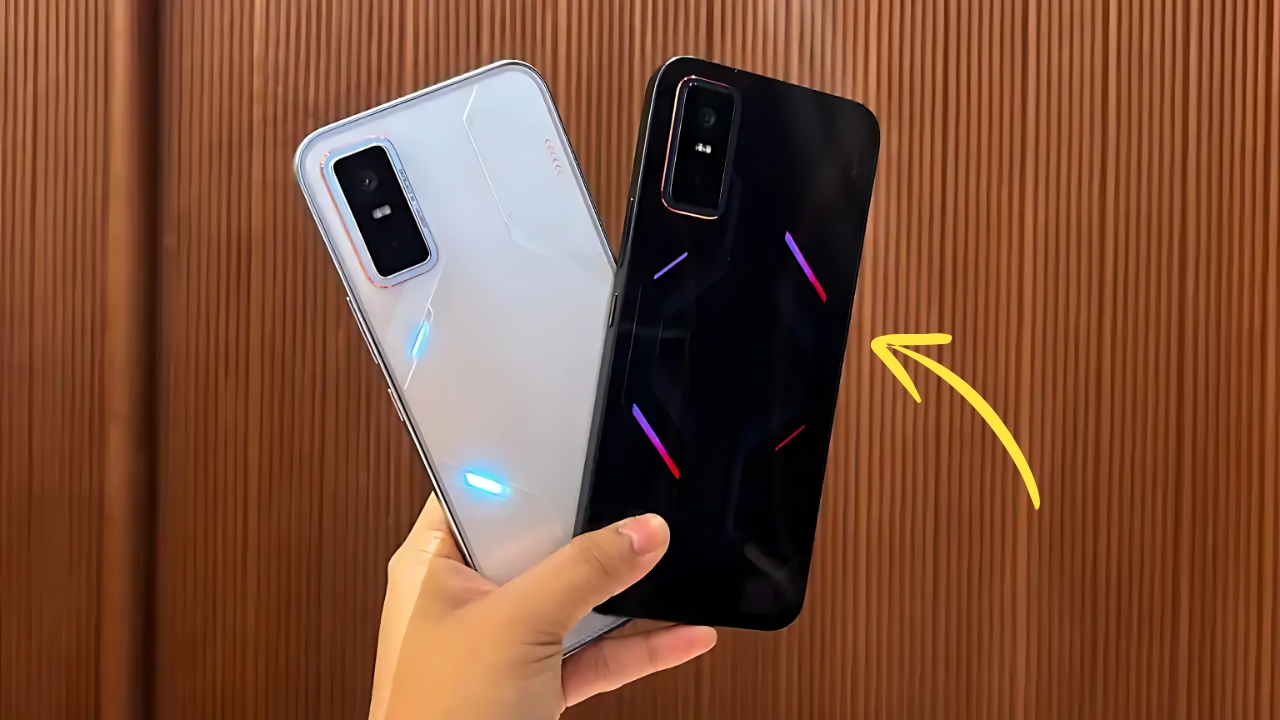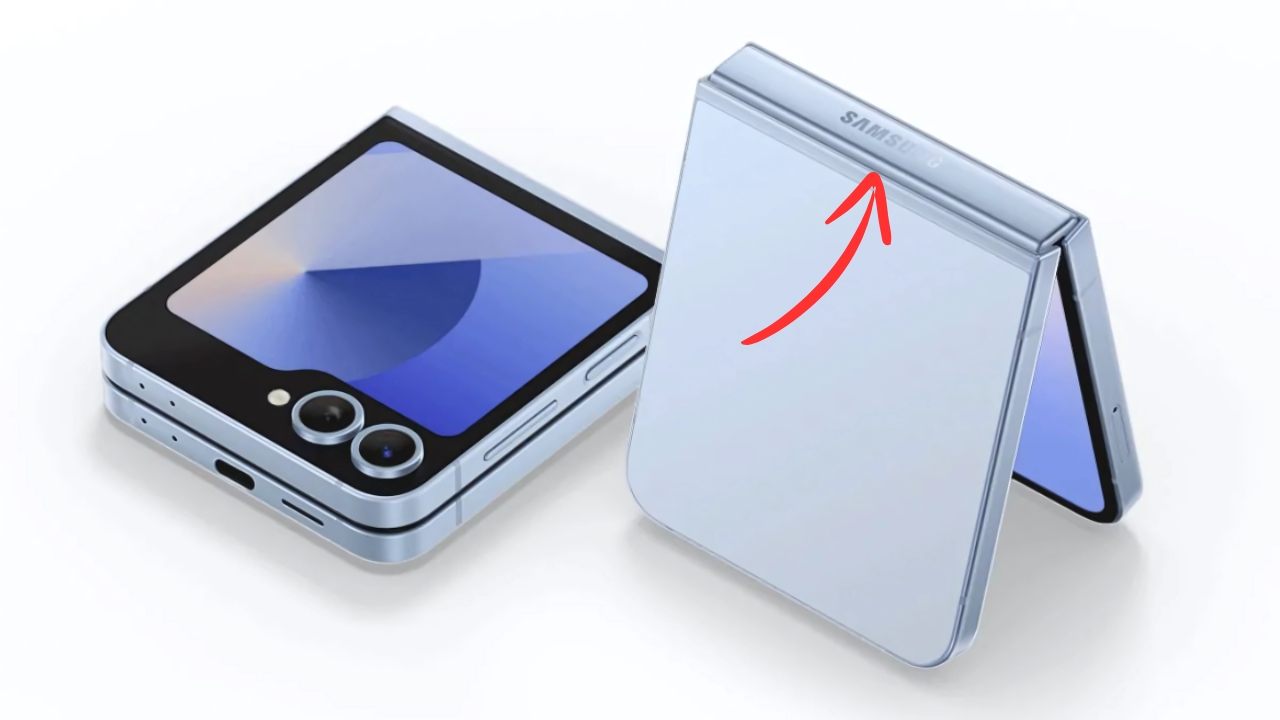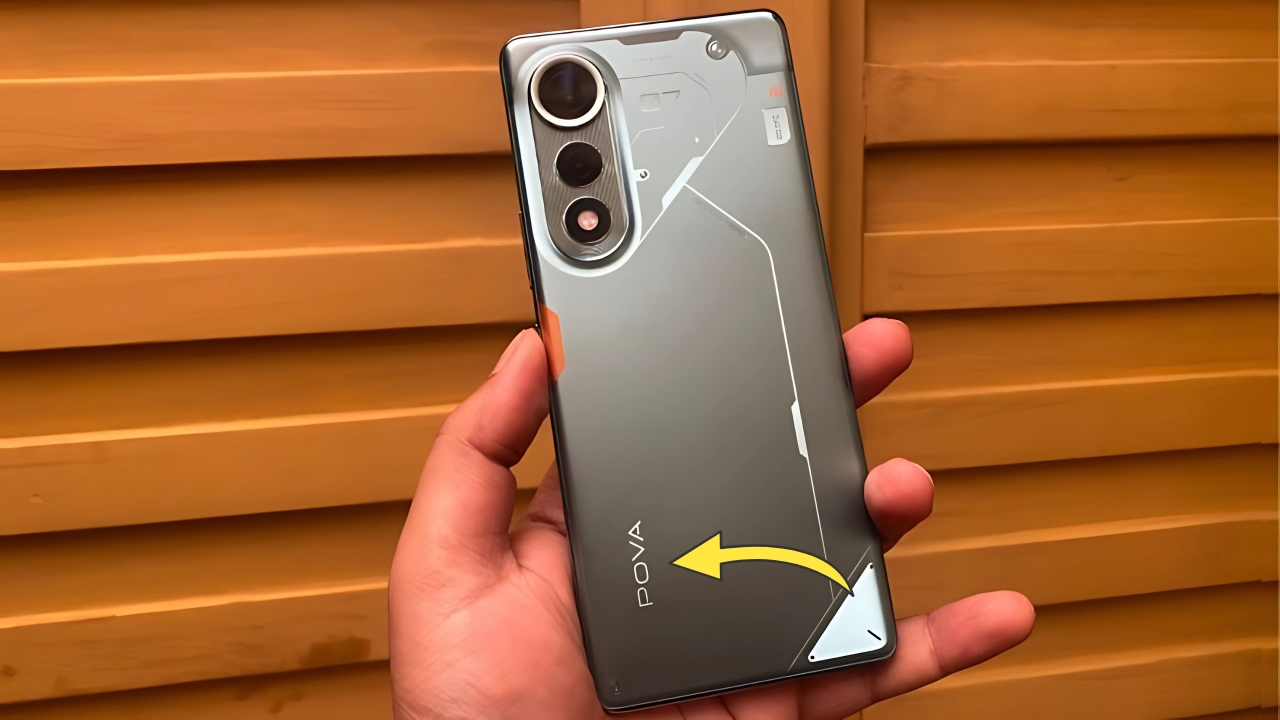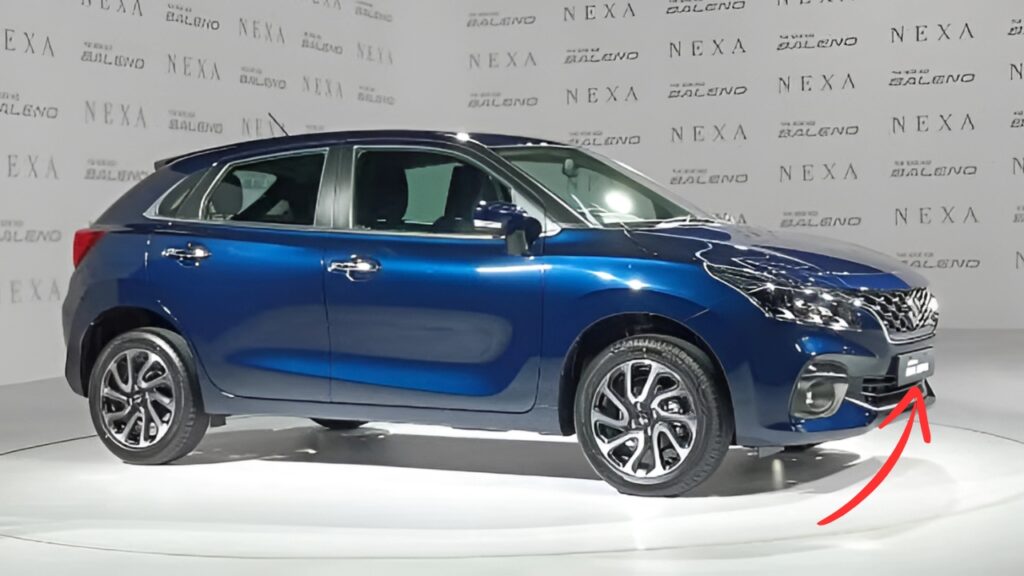Nokia 5310 : The Nokia 5310 XpressMusic stands as one of the most iconic and beloved feature phones in mobile history, representing Nokia’s innovative approach to combining communication technology with portable music entertainment.
Released in 2007 during the height of Nokia’s dominance in the global mobile phone market, this distinctive device carved out a unique niche by specifically targeting music enthusiasts who wanted their phone to double as a capable portable music player.
Design Innovation and Aesthetic Appeal
The Nokia 5310’s design represented a bold departure from conventional phone aesthetics, immediately distinguishing itself through a striking red and black color scheme that became synonymous with the XpressMusic brand.
The phone’s slim profile and lightweight construction made it comfortable for extended use, while the distinctive color combination created an unmistakable visual identity that appealed to younger demographics.
The device featured a compact candy bar form factor that prioritized portability without sacrificing functionality.
The red accent elements weren’t merely decorative; they served as visual cues that highlighted the phone’s music-focused capabilities.
The overall design philosophy emphasized youth appeal and energy, reflecting Nokia’s understanding that music phones needed to make visual statements about their owners’ personalities and preferences.
Physical button layout incorporated dedicated music controls that allowed users to manage playback without navigating through menu systems.
These hardware controls provided tactile feedback and immediate access to essential music functions, demonstrating Nokia’s commitment to creating genuinely music-focused user experiences rather than simply adding music features to conventional phones.
Music-Centric Features and Capabilities
The heart of the Nokia 5310’s appeal lay in its comprehensive music feature set that rivaled dedicated portable music players of the era.
The device included a built-in music player capable of handling various audio formats, ensuring compatibility with most music collections regardless of source or encoding method.
Sound quality represented a significant priority in the device’s development, with Nokia incorporating audio processing technologies that delivered impressive playback quality through both headphones and the integrated speaker.
The phone supported stereo headphones through a standard 3.5mm jack, eliminating the need for proprietary adapters that plagued many contemporary devices.
Storage capabilities included internal memory supplemented by expandable microSD card support, allowing users to carry substantial music libraries without compromising phone functionality.
This storage flexibility addressed one of the primary limitations of early music phones, where limited capacity restricted the number of songs users could carry.
The music player interface emphasized simplicity and ease of use, with intuitive navigation that allowed users to browse their collections by artist, album, genre, or custom playlists.
Visual elements included album artwork display and track information, creating a more engaging music consumption experience than basic audio playback.
Technical Specifications and Performance
Under the hood, the Nokia 5310 incorporated hardware specifications optimized for both communication and music playback duties.
The phone’s processor provided adequate performance for smooth music playback while maintaining responsive operation for traditional phone functions like calling and messaging.
Battery life received special attention, with Nokia engineering the device to provide extended music playback times that could compete with dedicated portable music players.
The efficient power management allowed users to enjoy hours of continuous music listening without completely draining the battery needed for phone operations.
Display technology featured a color screen that, while modest by contemporary standards, provided clear visibility for music player interfaces and phone functions.
The screen size balanced portability requirements with usability, ensuring that music controls and track information remained easily readable.
Network connectivity supported standard GSM services, ensuring reliable voice communication and text messaging capabilities that met user expectations for primary phone functions. The integration of music features never compromised the device’s fundamental communication reliability.
Market Impact and Cultural Significance
The Nokia 5310’s release coincided with significant shifts in portable music consumption patterns, as traditional dedicated music players faced increasing competition from multi-function devices.
Nokia’s strategic positioning of the 5310 as a music-first phone rather than a phone with music features helped establish the viability of convergence devices in the music market.
Marketing campaigns emphasized the phone’s music credentials through partnerships with music industry figures and event sponsorships that reinforced its credibility among music enthusiasts.
These initiatives helped establish the XpressMusic brand as a legitimate alternative to established portable music player brands.
Consumer reception validated Nokia’s approach, with strong sales figures demonstrating market demand for well-executed music phones.
The success influenced industry trends toward feature integration and specialized device positioning that continued throughout the smartphone era.
User Experience and Daily Usage
Practical usage scenarios revealed the Nokia 5310’s strengths in delivering seamless transitions between music and communication functions.
Users could easily switch from music playback to answering calls without interrupting their listening experience, while integrated music controls allowed playlist management during phone conversations.
The device’s form factor proved ideal for active lifestyles, with secure pocket carry and durable construction that withstood daily wear and regular use.
Music enthusiasts appreciated the ability to consolidate two devices into one without significant compromises in either function.
Social aspects included music sharing capabilities that allowed users to exchange tracks with friends who owned compatible devices, fostering music discovery and social interaction around shared musical interests.
Legacy and Influence
The Nokia 5310’s impact extended beyond its immediate commercial success to influence subsequent mobile device development trends.
The phone demonstrated that specialized features could differentiate devices in increasingly competitive markets, a lesson that proved valuable during the transition to smartphone platforms.
Design elements introduced with the 5310, particularly the integration of dedicated media controls and music-focused aesthetics, appeared in numerous later devices across various manufacturers.
The phone’s approach to balancing music and communication functions provided a template for feature integration that informed smartphone development.
Nokia 5310 Keypad Phone is launching again
The Nokia 5310 XpressMusic represents a successful example of focused product development that identified specific user needs and delivered targeted solutions.
Its combination of distinctive design, capable music features, and reliable communication functions created a device that satisfied both practical requirements and emotional desires, establishing it as a memorable chapter in mobile phone evolution and a testament to Nokia’s innovation during its peak years.
